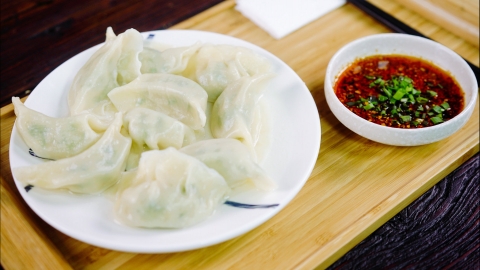Do you blanch fennel when making dumplings with it?
In general, fennel should be blanched before using it to make dumplings. Detailed explanation is as follows:

When using fennel to make dumplings, it is recommended to blanch it first. Fennel contains unique volatile oils that have a certain degree of pungent odor. Blanching can effectively remove some of this odor, making the fennel flavor milder and more acceptable to the general public. At the same time, blanching softens the fennel, reducing the amount of water released during the dumpling-making process, preventing the filling from becoming too wet and affecting the shape of the dumplings. It also results in a crisper texture when cooked, avoiding a raw or astringent taste. Additionally, blanching helps remove any possible surface impurities and pesticide residues on the fennel, making it safer to consume.
The blanching time should not be too long; once the water is boiling, place the fennel into the water and blanch quickly for about ten seconds, so as not to over-soften the fennel and cause loss of texture and nutrients. After blanching, the fennel should immediately be rinsed with cold water to maintain its bright green color and crisp texture. When squeezing out the water, avoid applying excessive pressure, which could remove the fennel's freshness and nutrients. Retaining an appropriate amount of moisture helps keep the dumpling filling tender and juicy.










